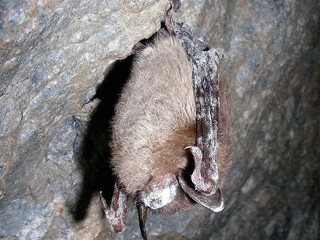
The flooding caused by record-breaking rainfalls caused massive destruction in the past week, especially in the northwest province, where officials said it was the worst deluge since 1929. The U.N. estimated Saturday that some 1 million people nationwide were affected by the disaster, though it didn't specify exactly what that meant.
The information minister for the northwest province, Mian Iftikhar Hussain, said reports coming in from various districts across the northwest showed that more than 800 people had died due to the flooding. Many people remain missing.
Floodwaters were receding in the northwest, officials said, but fresh rains were expected to lash other parts of the country in the coming days.



